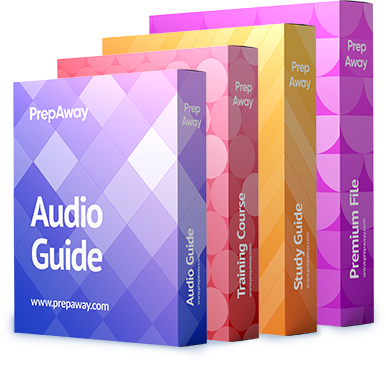which of the following activities?
1.R.1: The Requirements Management Phase is responsible for which of the following activities?
which of the following types of product information would be most beneficial?
2.27: In Phase E – Opportunities and Solutions, which of the following types of product
information would be most beneficial?
5.2.1: One of the strengths of the Zachman framework is that it _____.
5.2.1: One of the strengths of the Zachman framework is that it _____.
1.A.2: The goal of each TOGAF ADM cycle is to ____.
1.A.2: The goal of each TOGAF ADM cycle is to ____.
Which of the following items will be included in the Data Architecture?
1.CD.7: Which of the following items will be included in the Data Architecture?
1.D.2.6: Because public standards and specifications must accommodate a wide range of user needs, many large o
1.D.2.6: Because public standards and specifications must accommodate a wide range of user
needs, many large organizations _____.
1.H.4: ____ is an approach, a series of processes, a cultural orientation, and set of owned responsibilities &
1.H.4: ____ is an approach, a series of processes, a cultural orientation, and set of owned
responsibilities that ensure the integrity and effectiveness of the organization’s architectures.
4.2.2: One of the most important outcomes of the TOGAF ADM process is the evolution of a/an _____.
4.2.2: One of the most important outcomes of the TOGAF ADM process is the evolution of a/an
_____.
Business processes that are not carried forward in the target architecture may have no intrinsic value unless
1.B.1: Business processes that are not carried forward in the target architecture may have no
intrinsic value unless _____.
what is the proper response?
1.CA.3: In TOGAF, if a stakeholder’s concerns cannot be addressed in the proposed architecture
model, what is the proper response?

